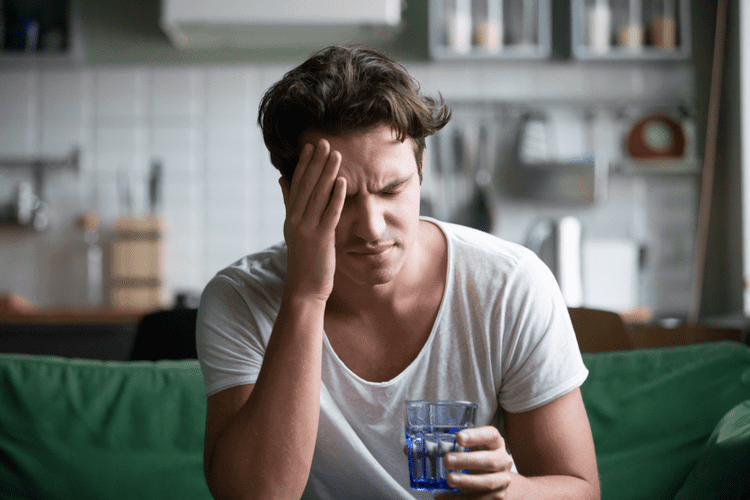If you’re looking for more science-based ways to help others through CBT, this collection contains 17 validated positive CBT tools for practitioners. Use them to help others overcome unhelpful thoughts and feelings and develop more positive behaviors. This activity is again suitable for individuals or a group and involves slowing down through mindfully looking at photos to relieve stress through appreciation. Ruth Davey, the founder/director of Look Again has made a short video to give a taste of mindful photography and its benefits.
- You don’t have to carry your emotions with you forever, and releasing your negative energy through art can help you feel free from it all.
- Individual therapy is also an option.
- Expressive arts therapists are proficient in interpreting creative expression, rather than arts practitioners who have trained in a specific form of therapy.
Question About Treatment
The purpose of the exercise is to become aware of your feelings, to understand where to move to improve the quality of your life. To relax, relieve stress and fatigue, you can use light art exercises. Fingerprint art therapy ideas.Contour your hand (palms with fingers) and create unique patterns inside.
- Celebrate yourself by drawing representations of all of your good character traits as you see them.
- The expressive collage-making exercise by expressive arts therapist Shelley Klammer in the video below is designed to enhance self-acceptance.
- Freedom looks like … Engage in visualization to create a piece of artwork that represents your idea of freedom and what it means to you.
- This allows them to feel pride in making something meaningful and creating a different connection with their trauma or pain.
- If you are seeking drug and alcohol related addiction rehab for yourself or a loved one, the SoberNation.com hotline is a confidential and convenient solution.
Support Hotlines

Metaphorical self-portrait art therapy ideas. Draw yourself as an object, plant, or animal that you want to be. Then write a short story about it. The therapy drawing develops flexible role-playing behavior, the formation of identity.

How Can I Be Creative?
In the world of art therapy, a variety of techniques and approaches are utilized to address the unique needs of individuals seeking help with addiction recovery. Understanding these methods can empower you to make informed decisions about your journey towards sobriety. Art therapy is not just about creating art; it’s about discovering new ways to understand and express yourself on your path to recovery. Whether you’re just beginning your journey or looking for additional support to maintain sobriety, consider exploring the transformative potential of art therapy in your recovery toolkit. Enhancing communication skills is another significant benefit. Art therapy encourages a novel form of self-expression, often revealing subconscious thoughts and feelings.
Heal From Your Substance Abuse Through Our Expressive Arts Program
How opium, imperialism boosted Chinese art trade — Harvard Gazette – Harvard Gazette
How opium, imperialism boosted Chinese art trade — Harvard Gazette.
Posted: Mon, 06 Nov 2023 08:00:00 GMT [source]
At your next opportunity, you could illustrate how you felt when you wanted to drink, as well as any emotions or concerns you had at that moment. ECHO Recovery is a community filled with people who once felt they had no direction. For many of us, artistic expression provided the key we needed art therapy for addiction to unlock new ways to improve our mental state. Recovery lasts a lifetime, and it can thus be a lengthy journey, but it’s a journey worth taking. Art is just one of the powerful tools you can use to improve your recovery journey and prepare to move forward into a life free from substance use.
Participants had less sadness, anger, and guilt after art therapy sessions. Those with depression had an improved self-image and a stronger sense of self-esteem. Individuals with PTSD also had interesting findings. Another study found participants with PTSD felt more relaxed, had reduced behaviors that contributed to poor emotional function, and had increased emotional responses. They felt safe in their bodies and had a stronger sense of peacefulness.
- Themes often include powerlessness, humility, and blame.
- Cut and paste a painting to make a collage.
- Art therapy sessions with a trained art therapist in your community, whether solo or in a group setting, can be a valuable way to reflect on your SUD, its causes, and your recovery.
Clearbrook Manor – Pennsylvania Drug and Alcohol Treatment Center
Meanwhile, trust an electronic health record like TenEleven to manage the day-to-day of your organization’s administrative duties. With TenEleven handling everything from scheduling appointments, managing your revenue cycle, and reporting, you’re able to truly focus on dipping your brush in the paints and maximize patient care. As part of our commitment to your well-being, the Sabino Recovery team will assist you with a detailed continuing care plan. We also offer a free, lifelong alumni program to ensure ongoing support and success.
One of the most trying aspects of recovery is the stressors and triggers we experience that may have us wanting to return to substance use. Relapsing occurs when people return to using substances, often to numb themselves from these common stressors and often under the false belief that once the stress has passed, they https://ecosoberhouse.com/ can return to sobriety. Through art therapy, you can learn new, healthier ways to cope with both stressors and triggers. Art therapy teaches new skills and enables you to focus on a creative, productive task that is both distracting and fulfilling. Art can also help those who feel tied down or unsure of who they are.


